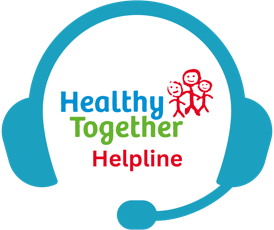There are a few different options. If you have certain medical conditions they may not all be right for you. Please ask your midwife or doctor. They can talk to you about which is the best choice for you. You can also contact your GP. They may be able to offer this service or they can refer you to your local sexual health clinic.
Long-acting reversible contraception (LARC) are the best ways to stop unplanned pregnancy.
These include:
- Implant (Nexplanon)
- Progestogen injection (Depot Provera)
- IUS (also known as the hormonal coil or the Mirena®, Levosert or Kyleena® coil)
- IUD (also known as the copper coil)
Other methods are:
- Hormonal tablets (such as “the pill” or “mini-pill”)
- Barrier methods, e.g. condoms or diaphragm (less effective than hormonal methods or the IUD)
Implant
The implant is a tiny rod, about the size of a bendy matchstick. It is inserted under the skin of your upper arm. The implant releases a hormone called progestogen. It stops your ovaries from releasing eggs and thickens your cervical mucus. This helps to block sperm from getting to the egg in the first place.

Injection – Depo Provera
The injection has progestogen which is a hormone that stops your ovaries from releasing eggs. It also thickens your cervical mucus. This helps to block sperm from getting to the egg in the first place.

Hormone Intrauterine System (IUS) Mirena® or Levosert® coil
The IUS is a T-shaped device. It is put in your womb (uterus). It releases a small amount of progestogen. This stops sperm from getting through the cervix.

IUD (Intrauterine Device) or copper coil
A small T-shaped device is put in the womb. It lasts for 5 to 10 years. It depends on the device. The IUD works by slowly releasing very small amounts of copper into your womb. This is toxic to sperm. It is usually inserted through the vagina at least 6 weeks after birth (although it can sometimes be inserted within 48 hours of the birth). It can be inserted at the time of caesarean section.

Progesterone only pills (minipill)
These pills have only 1 hormone called progestogen. The pills are taken every day with no break. There are 2 kinds of progestogen only pill:
- Thickens the cervical mucus stopping sperm reaching the egg
- Stops the ovary from releasing the egg

Combined hormonal contraception pills
These methods have 2 hormones called oestrogen and progestogen. These stop your ovaries from releasing an egg.
It is a pill that you take at the same time every day.
There are lots of different kinds of pills on the market.
There are also patches or vaginal rings which work in the same way.













